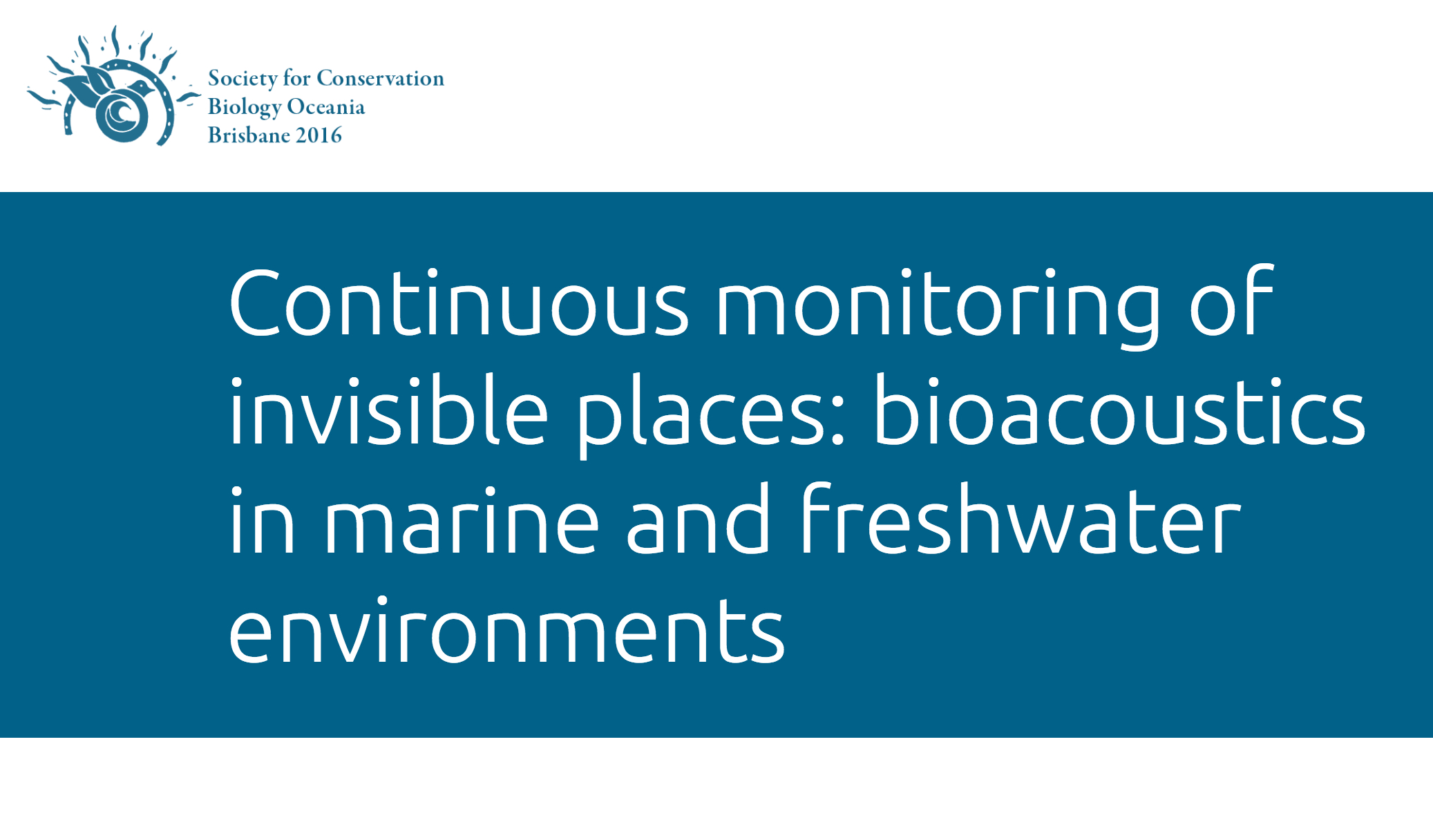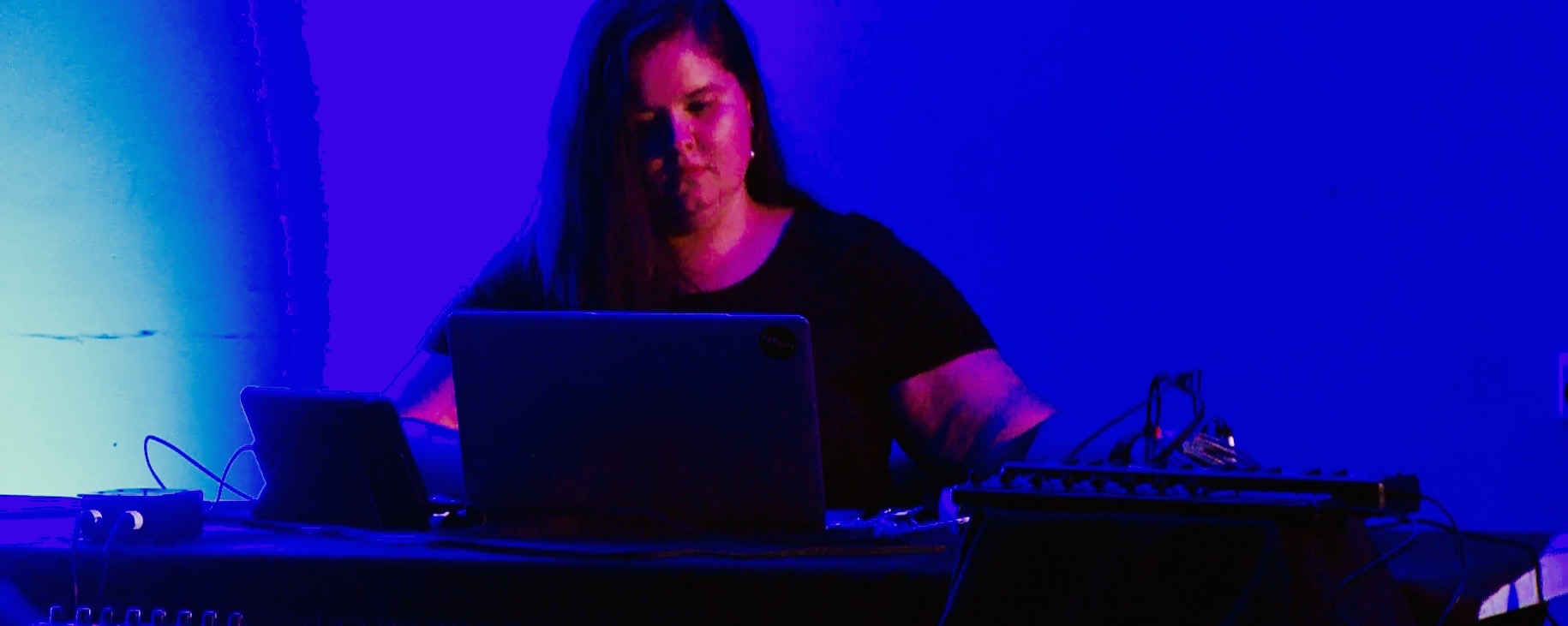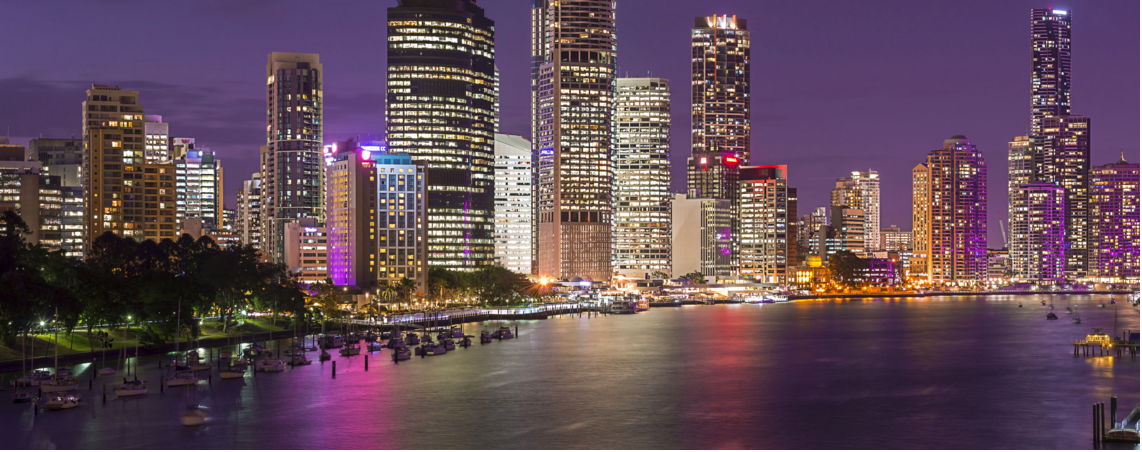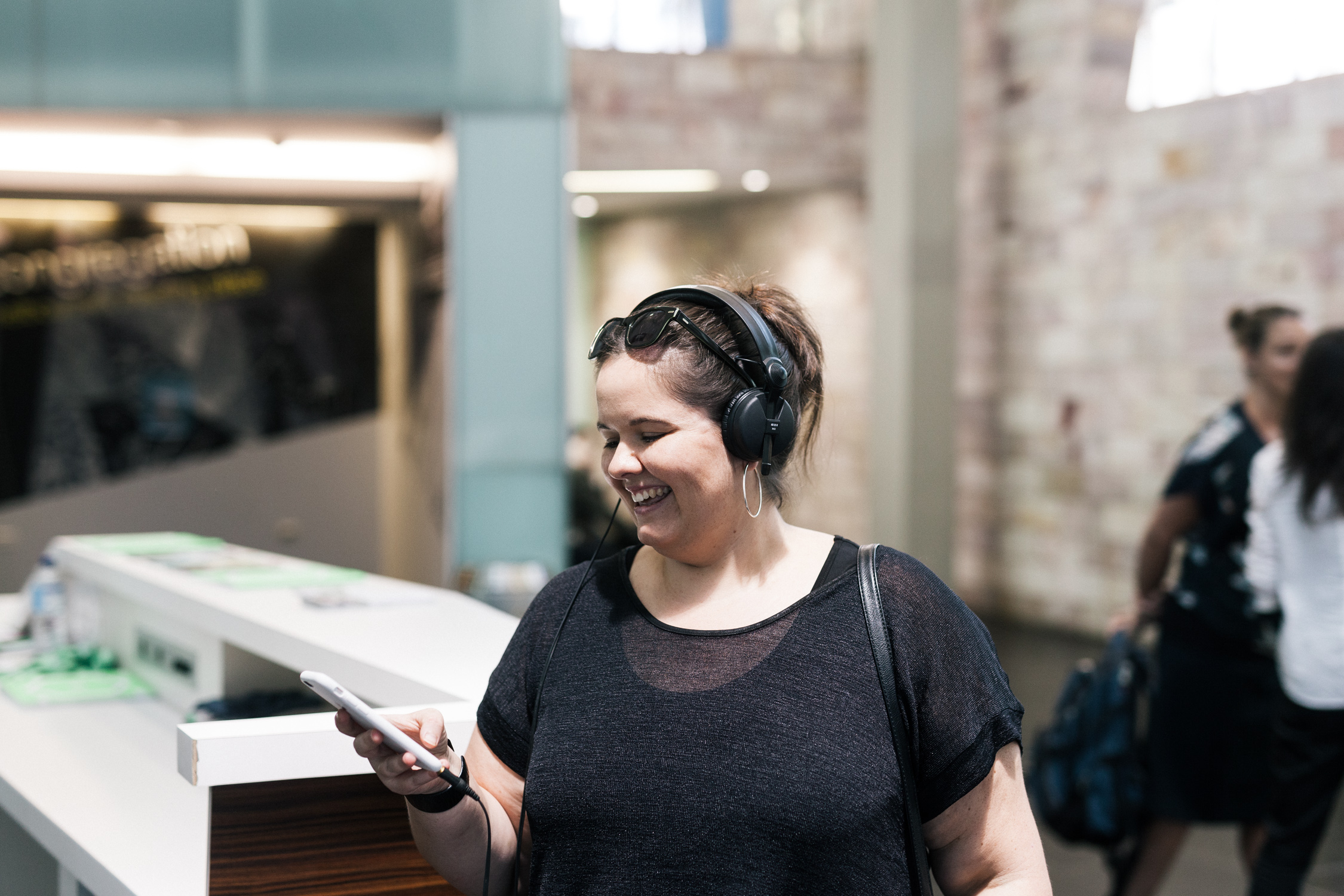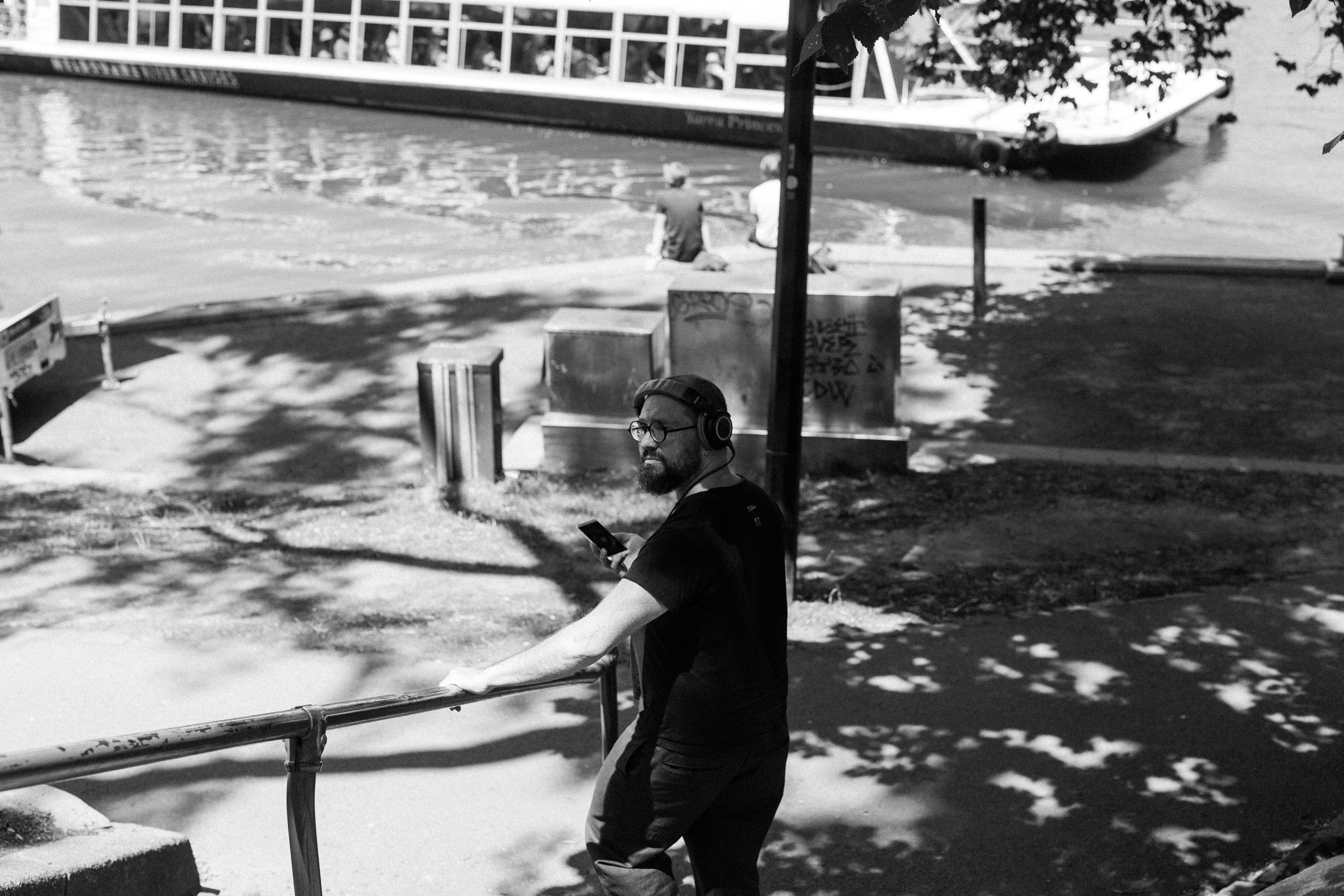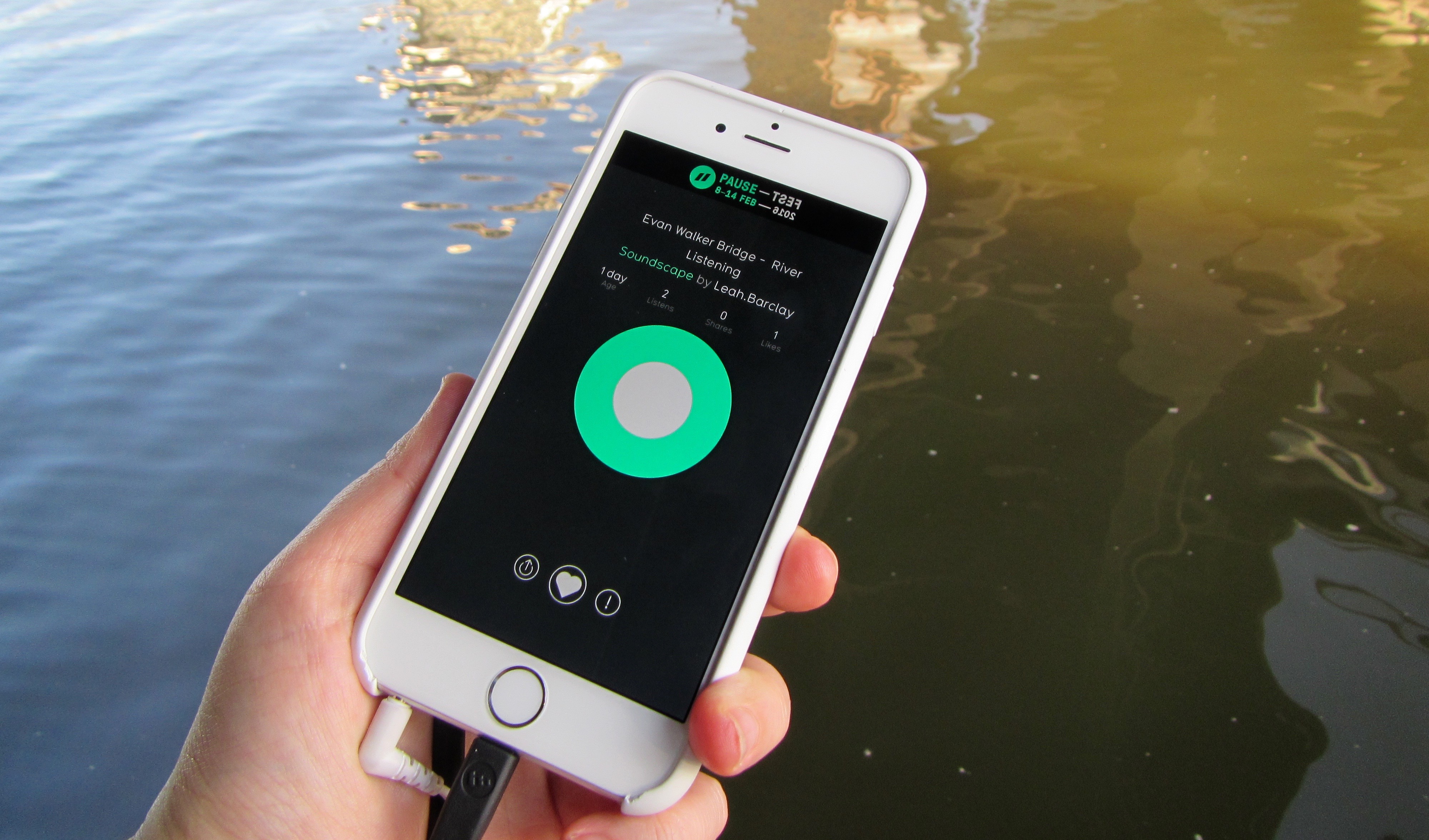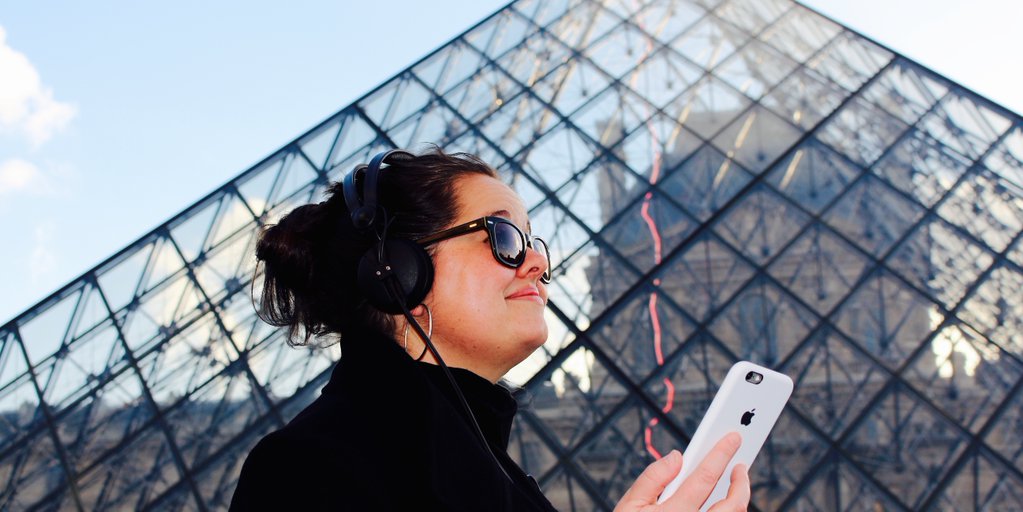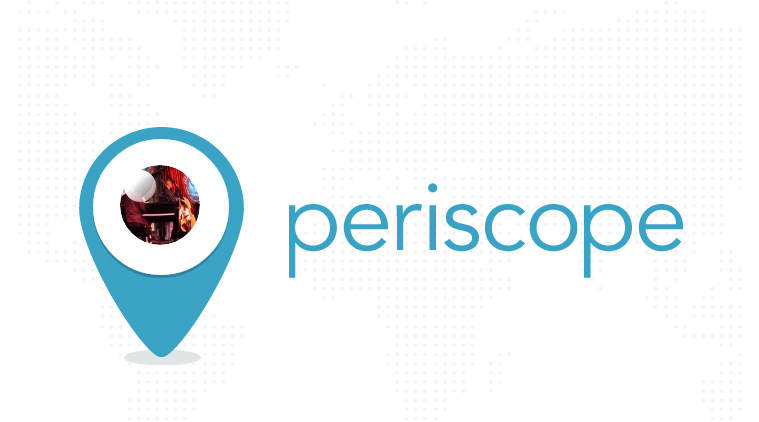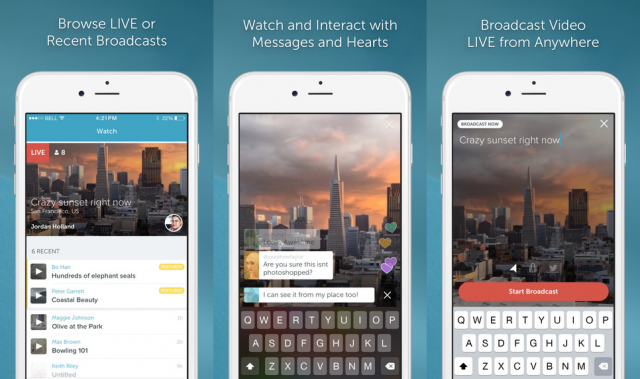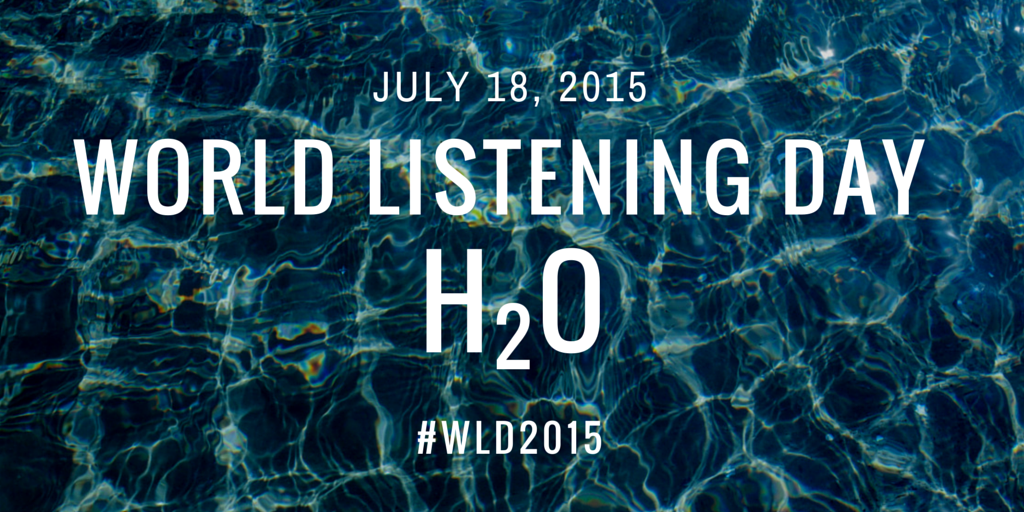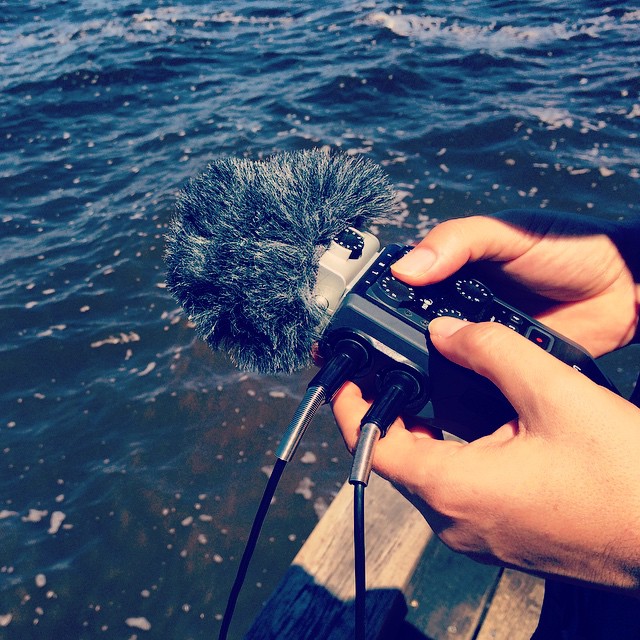River Listening is featured at the 2016 Society for Conservation Biology Oceania Congress in a symposium titled “Continuous monitoring of invisible places: bioacoustics in marine and freshwater environments”
DATE: July 6, 2016
TIME: 2:30 pm – 4:00 pm
Brisbane Convention and Entertainment Centre
Monitoring aquatic species in underwater environments – rivers, lakes and oceans – has proven even more difficult than terrestrial surveys of endangered taxa. Traditional methods of aquatic survey techniques bear a) risks to fish health and habitat integrity, b) introduce bias, because it might cause fright responses in key aquatic species and c) standard surveying only produces a snapshot from the time of surveying – which in many cases does not happen more than once a year and d) it can be very expensive, particularly in areas with remote access. Non-invasive passive bioacoustic monitoring can address all four problems. This special session will explore novel techniques in aquatic bioacoustics that can aid conservation managers. Topics will range from holistic ecosystem monitoring (Linke, Gifford) to descriptions of detailed algorithms with which soniferous aquatic taxa can be detected. The symposium will also include talks on the challenges of using acoustical data for monitoring populations and on protocols for monitoring and mitigating impacts of noise. The final talk by Dr Leah Barclay will cover bioacoustics as a tool for engaging with the public. We hope that this first session in freshwater and marine bioacoustics at a continental or worldwide SCB conference will raise awareness and kickstart increased joint efforts by marine and freshwater scientists to establish bioacoustics monitoring as a key survey method.
02:30 Simon Linke Real-time Ecosystem Monitoring in Freshwater Environments using Passive Acoustics
02:40 Toby Gifford Underwater Soundscape Ecology: Holistic Methods in Freshwater Bioacoustics
02:50 Chris Karaconstantis Automatic Detection of a Soniferous Fish Species (Neoarius graeffei) to Facilitate Continuous Monitoring
03:00 Jan-Olaf Meynecke Monitoring cetaceans in nearshore coastal waters using hydrophones
03:10 Angela Recalde-Salas Imperfect detection: estimating detection probabilities of baleen whales using passive acoustics
03:20 Elisa Girola Changes in song characteristics with various sources of noise in humpback whales (Megaptera novaeangliae)
03:30 M. Montserrat Landero F. Can we generate relevant terrain metrics of the seafloor to model species distribution using a low-cost echo-sounder?
03:40 Leah Barclay River Listening: Raising ecological awareness through community engagement
03:50 Discussion
